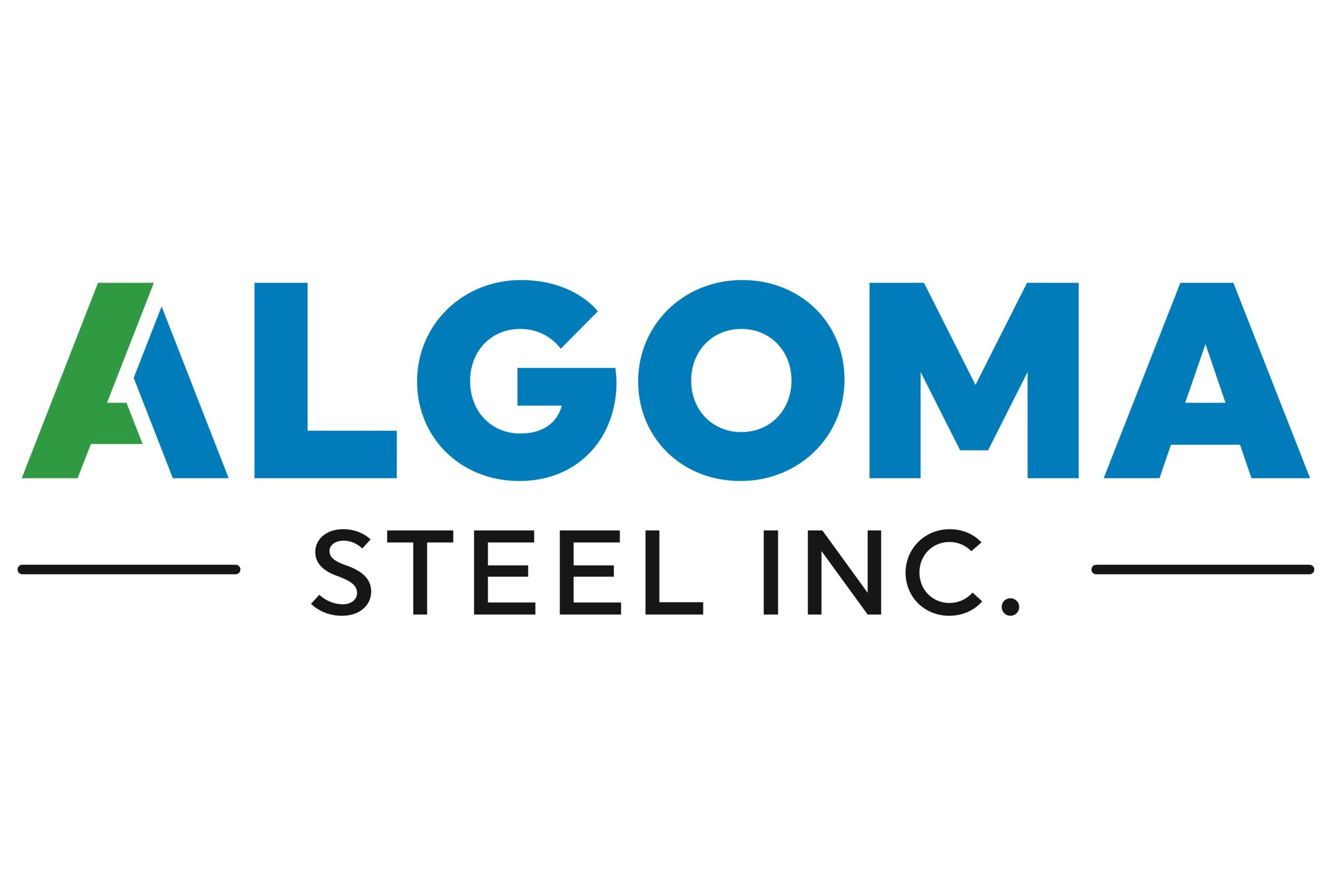Canada

October 17, 2025
Op-Ed: Canadian Steel Producers Association rebukes 'misinformed' trade analysis
Written by Catherine Cobden
International trade is going through one of its most significant upheavals in decades. Allies and partners are coping with disruption caused by unfair trade practices and overcapacity, particularly in the steel sector.
However, as advanced economies are finding new ways to protect their national industries from the impacts of these disruptive elements, it’s important to distinguish fact from conjecture. More than ever, these uncertain times demand that attention be paid to facts and that organizations use these facts to call out misinformation from allies and foes alike.
In this regard, we were quite stunned to read the recently published article “New EU steel tariffs don’t mean the US should weaken its stance” by Alan Price and Ted Brackemyre where several erroneous claims were made about the Canadian steel sector.
The authors repeatedly advance the misconception that Canada is subsidizing its steel industry throughout the article, using “substantial subsidies”, “heavily subsidized”, and “implementing more subsidies” without providing any substantiation.
Although the authors never give specifics, we believe they are referring to the Strategic Innovation Fund (SIF) and the Large Employer Emergency Financing Facility (LEEFF). A simple Google search shows readers that the SIF contributions and LEEFF program are both repayable loans.
In fact, some of the recent loans from these Canadian programs are available to many sectors in response to US trade actions harming Canadian business. This is wholly different than what we see in China and other state sponsored subsidization schemes who have the goal of undermining both Canadian and American steel markets.
In addition, the article takes direct aim at key strategic products required by Canada to build our nation’s critical infrastructure, energy systems, key manufacturing sectors that are fundamental to Canada’s national security interests. Given the national security rationale the US claims for its Section 232 tariffs on Canadian steel, this objection broaches hypocrisy as we are simply walking in American footsteps. Make no mistake, Canada needs and must produce these products for our sovereignty, our economy and our security interests.
Last but certainly not least, we are offended by the egregious misinformation of the claims that Canada has “massive excess and subsidized capacity that has materially harmed the US industry.” For starters, we remind readers that Canada has been the largest destination market for US steel exports of between 3 and 3.5 million metric tonnes annually. This represents 25% of the total consumption of steel in Canada. We further lean into facts to confirm that Canada produces consistently less than the total market demand year over year and doesn’t contribute to excess capacity. For example, according to World Steel, Canadian steelmakers produced 12.3 million metric tonnes in 2024, while the Canadian market is 12.9 million metric tonnes. Therefore, Canada does not contribute to excess capacity.
Finally, the Organization for Economic Cooperation and Development documents the sources of excess capacity in great detail. We invite the authors to refresh their understanding of this globally significant issue so that they levy blame at the correct culprit: the excess capacity from China.
Canadian steel producers look forward to a future where we work in collaboration with our US allies to combat this scrouge on global steel trade that is deeply impacting our collective industries. This collaboration and joint effort must be built on a foundation of good and accurate information.
Editor’s note
Catherine Cobden, President and CEO of the Canadian Steel Producers Association (CSPA).
SMU welcomes opinions from across the steel industry. If you have an opinion you’d like to express to the broader steel community, please contact us at info@steelmarketupdate.com.





